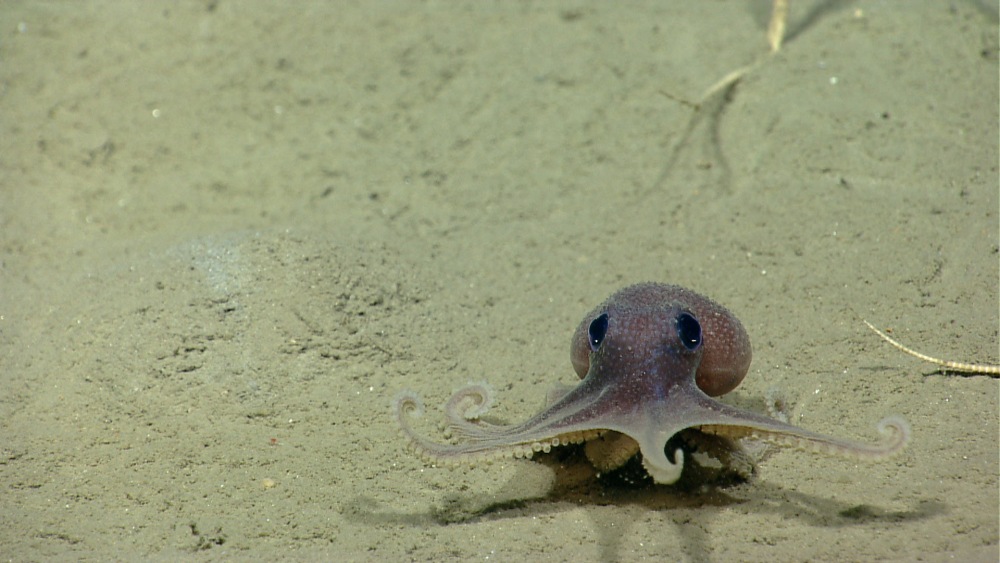Deep in the Pacific Ocean lives a warty octopus. Its bumpy texture can range from a delicate peppering of bumps to – and we’re borrowing the words of the Field Museum here – “outrageous warts”. It was a variation that caught the eye of associate curator of zoology at the museum, Janet Voight, and the matter of why led to a paper published in the Bulletin of Marine Science that set out to establish if smooth vs bumpy actually represented different species.
ADVERTISEMENT
“If I had only two of these animals that looked very different, I would say, ‘Well, they’re different species, for sure,’ but variation inside animal species can sometimes fool you,” Voight said in a statement. “That’s why we need to look at multiple specimens of species to see, does that first reaction based on two specimens make sense?”
It was time to wrangle themselves a bunch of octopuses and find out, so they gathered 50 specimens that were – at that time – classified as Graneledone pacifica, the Pacific warty octopus. It involved several trips in ALVIN, a crewed submersible, as well as specimens loaned from several labs and science academies. In the end, they had specimens that had lived at depths ranging from 1,115 to 2,743 meters (3,660 to 9,000 feet).

A baby warty octopus showing off its warts.
Octopuses secured, it was time to start counting warts. Doing so threw up a curious trend, it seemed the octopuses that were living at greater depths had more warts than those closer to the surface. They also had smaller bodies, but despite their differences, DNA analysis didn’t reveal significant differences between the two groups. The smaller octopuses in the deep were the same species as the larger octopuses nearer the surface, they just had loads more warts.
So, we come to the big question: why so warty, deep-dwelling octopuses? Voight’s team were able to establish that their skin sculpture was set at birth, but as for what’s driving it, it’s difficult to say.
“At this point, we don’t even know what the warts are made of, but we tend to think that they are cartilaginous,” Voight told IFLScience. “I am at a loss to come up with a benefit for these octopuses’ warts. They live too deep in the ocean for light to impact them, so it doesn’t seem that it could be for camouflage and it’s hard to envision what else they could do for the animals.”
One possibility is that they’re a kind of vestigial trait, something that was useful at one time in their evolutionary history but no longer is. It wouldn’t be the first time bumpy skin has fallen under this umbrella term. In fact, that’s precisely what some people think goosebumps are.
Source Link: The Warty Octopus Gets Wartier The Deeper It Lives – Why?